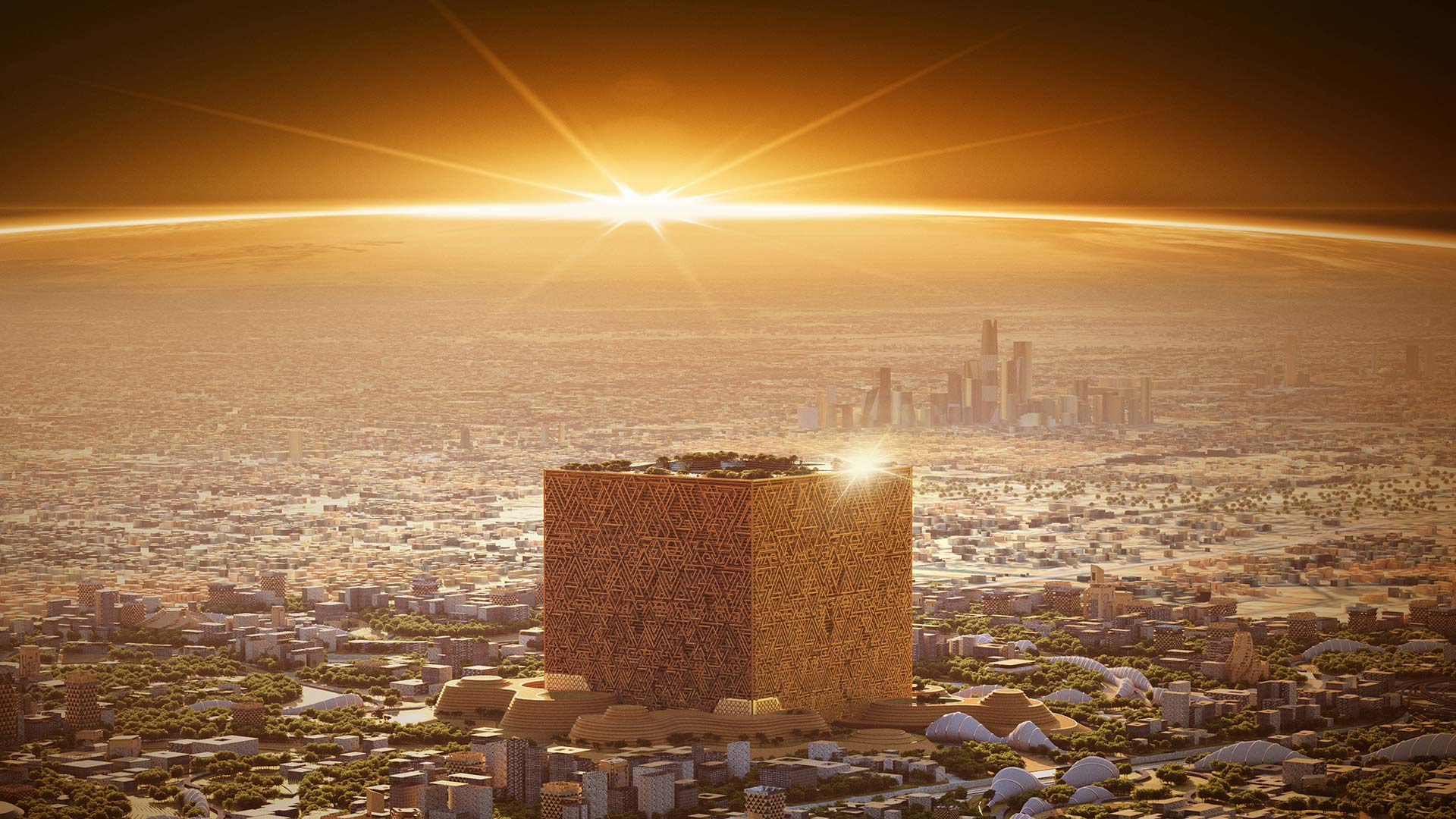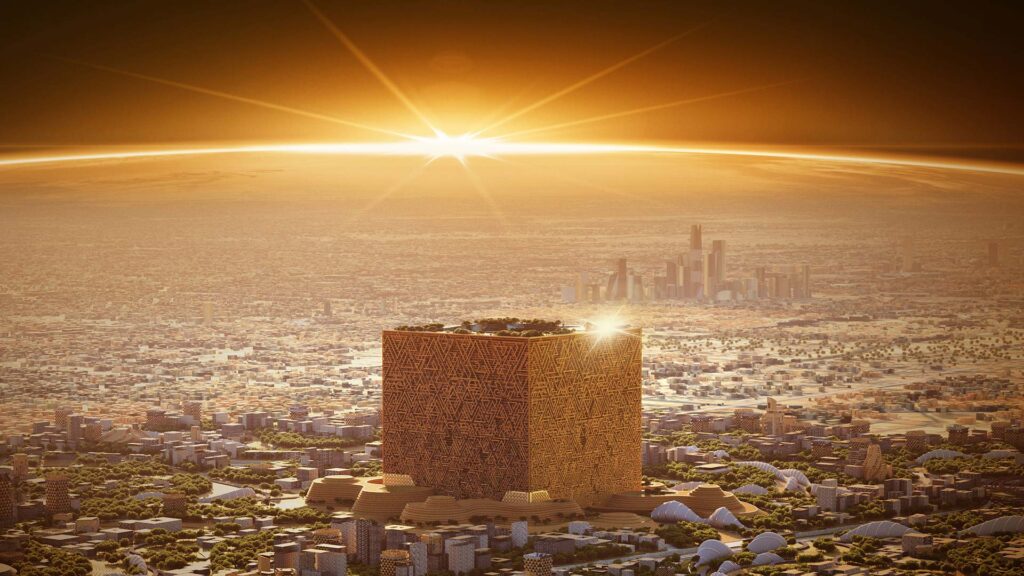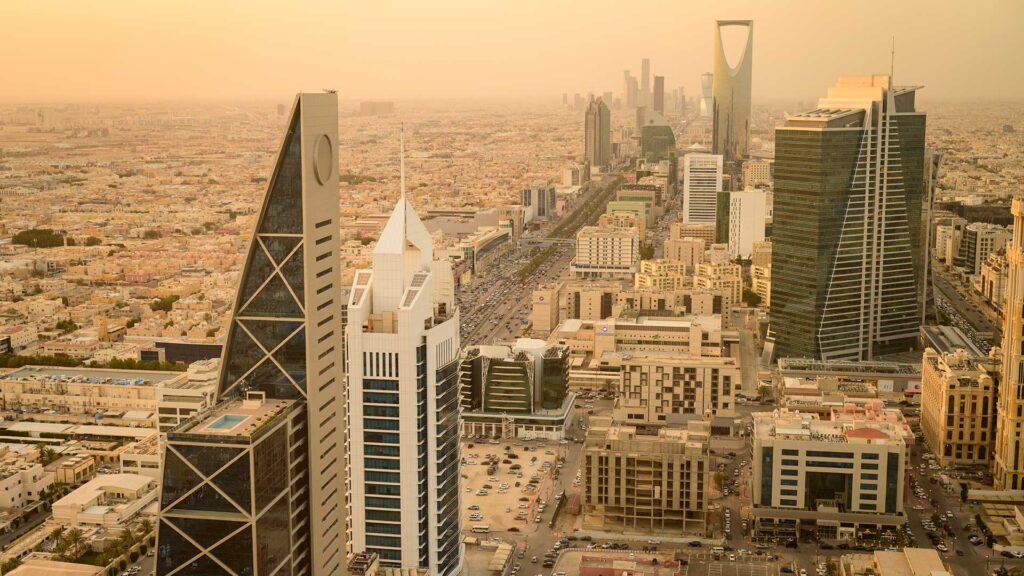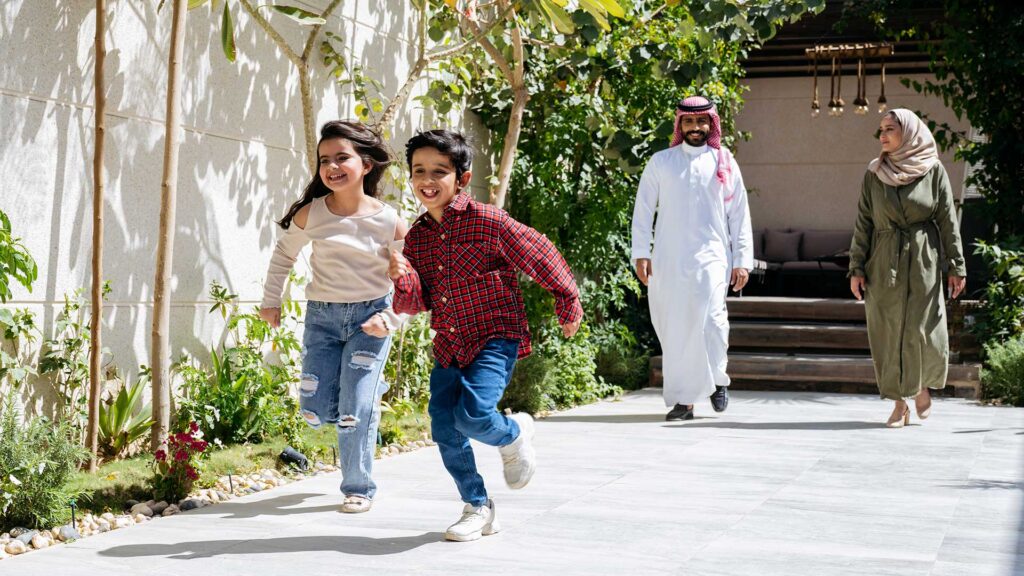

Why the cities of tomorrow need to be shaped by the challenges of today
As the world grapples growing populations, denser urban centers, and an increased focus on sustainability, Riyadh’s new downtown neighborhood is providing a glimpse into how the cities of tomorrow can meet the challenges of today.
The dichotomy of cities
As cultural and economic hubs, our cities must play many different roles. But this hyper focus on urban centers can quickly become a pressure cooker for concerns such as quality of life, sustainability, and increased demand for housing.
The growth of the world’s population demands we build ever more densely populated urban communities in which over half of the planet already resides. But the more we build, the more we need.
The UN estimates that while cities make up just 2% of the planet’s surface, they are responsible for 78% of global energy production and 60% of greenhouse emissions.
And though cities are often incubators for development, the World Cities Culture Forum found that only 57% of cities make reference to environmental challenges in their growth plans.
Saudi Arabia, in many ways, epitomizes the push and pull of cities as they respond to financial and human trends. Its capital, Riyadh, has gone through massive change in response to the Saudi economy growing over the years – most recently 8.7% in 2022.
This presents a major question for leaders looking to develop urban areas – how can they address the needs of today, as we build the cities of tomorrow?
The Saudi economy grew by 8.7% in 2022, the highest growth rate among G20 countries.


A new way forward
This is where Saudi Arabia’s Public Investment Fund (PIF) comes in. Led by HRH Prince Mohammad bin Salman, PIF has a history of investing in a diverse portfolio of attractive, long-term opportunities in the region, including the construction of Saudi’s urban areas.
This has proved essential as Saudi’s non-oil economy grows at its fastest pace on record, an evolution which has diversified Riyadh’s inhabitants and its industries.
But what happens when Saudi’s historically urban areas have been developed to their limit, but the pace of growth is only increasing?
Enter New Murabba, an entirely new, human centric, downtown neighborhood to meet the needs of Riyadh’s expanding populace.
The New Murabba project will not only become the world’s largest modern downtown, accommodating hundreds of thousands of residents, but will also be built around the concept of sustainability.
Putting the human experience at the center of its development, New Murabba will feature multiple green areas, walking and cycling paths and an integrated transport system that will enhance quality of life by promoting a healthy lifestyle and community activities.
And if New Murabba will become the crown of Riyadh, then the Mukaab is its jewel.
Inspired by Saudi heritage, the Mukaab is based on modern Nadji architecture and will be one of the largest built structures in the world when constructed. It will also be the world’s first immersive, experiential destination, using the latest holographic technology to project seasonal landscapes for New Murabba’s residents and visitors to enjoy.


The cities of tomorrow
By pushing the boundaries of urban architecture, the New Murabba project is exploring the question of how the cities of tomorrow can meet the challenges of today.
Set for completion by 2030, the project will offer 25 million square meters of floor area, including more than 104,000 residential units and 1.8 million square meters of community space – a massive increase for Saudi’s capital.
But crucially, every meter of land in New Murabba will be architecturally inspired, environmentally sound and human centered.
While other cities may struggle under the weight of their past, the New Murabba project is firmly focused on the future, demonstrating how innovative thinking and bold ambition can help to create the community led, sustainable cities our planet desperately needs.


